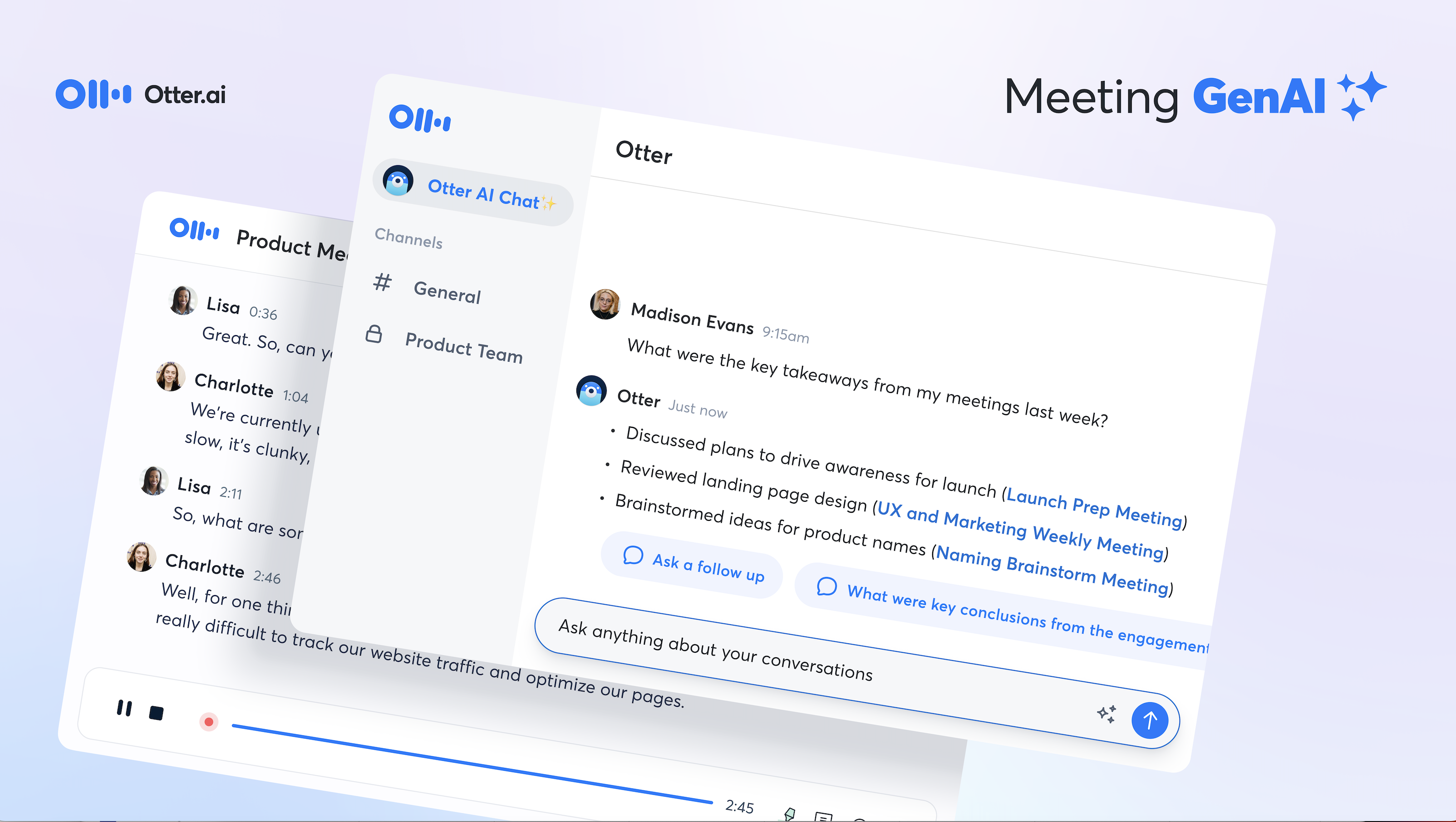Clear communication is the foundation of every healthy relationship, especially in the workplace. According to Gallup, employees whose managers hold regular check-ins are almost three times as likely to be engaged as employees with managers that don’t.
One on one meetings are a great way for managers to build stronger, more productive teams. But before you start sending calendar invites to your employees, you need a proper one on one meeting agenda in place. An agenda with thoughtful, action-driven talking points will have a big impact on the overall productivity of each meeting, as it allows both parties to arrive prepared and ready to discuss.
With that in mind, let’s take a look at the purpose of individual check-ins, review some helpful tips to keep in mind, and explore a one on one meeting agenda template to keep both you and your team on the right track.
What is a One on One Meeting?
One on one meetings focus on the individual team member. In one on one meetings, you and your employee can:
- Recap group meetings and get status updates on key projects
- Identify and discuss any roadblocks they’re encountering
- Get a pulse on job satisfaction and talk about potential growth
- Give and receive feedback
Ideally, one on one meetings should take about 15-30 minutes. Anything shorter than that and you may not get the feedback you need. That said, some team members tend to talk more than others, so allow for more time if needed.
Why You Should Schedule One on One Meetings
One on one meetings are a great way to get to know your team members on a personal basis and learn what drives them. Each employee should leave their meetings with a clear understanding of expectations, while managers should walk away with a better understanding of how to support them.
In this way, one on one meetings should help to:
- Cultivate better relationships
- Uncover issues to prevent future roadblocks
- Discuss performance and provide clear, constructive feedback
- Recognize great work

What to Know Before Scheduling One on One Meetings
How you organize your one on one time with your employee can have a big impact on the success of your sessions. Learn how to prepare and create the best one on one meeting agenda by following the tips below:
1. Decide on a Meeting Frequency
Decide on a cadence that works for both parties. If you’re rolling out one on one meetings for the first time, start with weekly check-ins. If your team collaborates every day, you may find that you can schedule them every other week.
Monthly one on one meetings may work for some teams, but keep in mind that a lot of things can happen in a month—you may not be able to cover everything in 30 minutes.
Figure out what works for your team and make sure to keep the scheduling consistent. If possible, never skip these meetings or postpone them to the next regular session. You may risk productivity roadblocks and/or talking points slipping through the cracks.
2. Set the Location
In-person one on one meetings can happen in your office, a small conference room, or any other quiet space in the workplace. If the weather is nice, consider venturing out for a walk together, or ordering coffee or a treat to enjoy in a quiet place. Wherever you decide, the place should be somewhere where you and your direct report feel comfortable speaking openly.
If your team is remote, opt for video one on one chats over phone calls—face-to-face time is important. Make sure that both you and your direct report have stable internet and high-quality video and audio.
If any technical issues arise or your employee can’t make it to your in-person meeting, always reschedule your one on one as soon as both parties can attend.
3. Prep Before the Meeting
Just as you would prepare an agenda for a team meeting, gather some talking points and questions and share them with your employee. This allows both of you to be concise and specific and gives your employee a clear idea of what to expect. For ideas of what to include, check out the example questions and talking points in the below outline.
If your team works remotely, consider recording and/or transcribing your one on one meetings. If you record your check-ins in Otter, make sure both parties have access by auto-sharing the notes with the calendar invite attendees.
One on One Meeting Agenda Template
The following working template can help you create your first one on one meeting agenda:
Introduction
- If you will be recording the meeting, make sure your employee is aware
- Review the purpose of the meeting
The Employee Update (10-15 minutes)
- Ask them how they’re doing
- Revisit the questions sent before the meeting, including
- Ask what’s currently motivating them
The Manager Update (10-15 Minutes)
- Review any current team projects and ongoing collaborations
- Discuss employee performance and provide feedback (be sure to acknowledge any recent wins)
- Discuss their short-term and long-term goals, and how you can offer support
Next Steps/Final Wrap-Up (5 Minutes)
- If the employee voiced any roadblocks or potential snags, outline an action plan
- Confirm that there is clear communication and expectations in their role
- Ask them if they have anything else they’d like to discuss
- If this is the first one on one meeting, clarify that this will be an ongoing discussion and verify a consistent time moving forward
Implement this agenda for your team and continue to fine-tune it as you check in with each employee. You may find that some team members may need more time to discuss certain talking points and others may not.
To better tailor a positive, productive experience for each employee, it’s essential to take notes during your one on one meetings. Otter can help by allowing you to record each regular check-in so you can easily gather and reference information for quarterly and annual reviews.
Learn more about how Otter Business can support your one on one meeting process with seamless integrations, live transcription, and more. Sign up with a free 10-day trial of Otter Business today.








.png)

